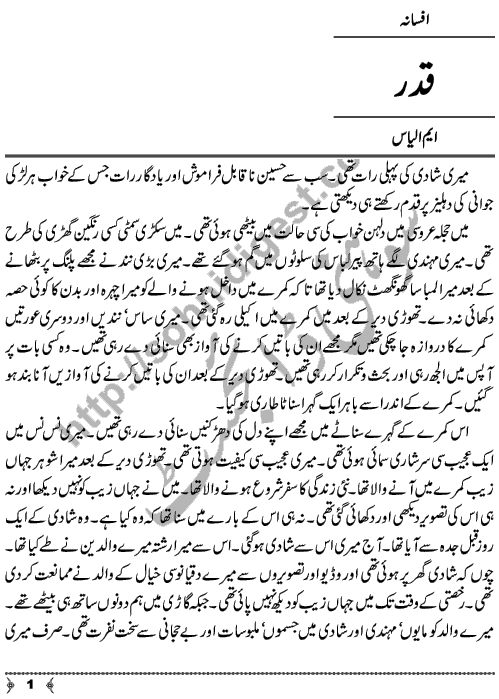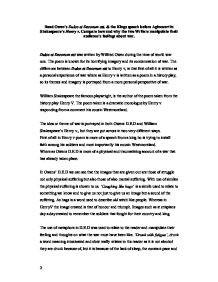Book Review - 'Goodbye to Berlin' by Christopher Isherwood.
Bob Fosse’s 1972 Cabaret has transformed and adapted Isherwood’s 1939 novella Goodbye to Berlin. It reflects the shift in context and hence the shift in values. Both Texts explore the rising anti-Semitism attitudes in 1930’s Berlin and the relaxed attitude toward sexual relationships at this time. Cabaret’s retrospective approach to the 1930’s shows why the attitudes have shifted.
Later, Alex makes his way through the streets of Berlin joining a mass protest against the government. There is no tolerance for this and Alex is beaten and arrested amidst a forceful assault on the protestors by the state police. It is here where Alex's mother, such a zealous supporter of the state, draped conspicuously in a significant deep red, is patronized by the police and ordered to go.
Goodbye to Berlinby Christopher IsherwoodTHE LITERARY WORK A semi-autobiographical novel, set In Berlin at the end of the Weimar Republic and the beginning of the Hmi era; first published In 1939.SYNOPSIS Source for information on Goodbye to Berlin: World Literature and Its Times: Profiles of Notable Literary Works and the Historic Events That Influenced Them dictionary.
Cabaret suggests that society pays a price when individuals seek to escape from reality Do you agree. Cabaret shows an interesting and tragic way that society can pay for an individuals escape from reality. The characters from the film demonstrate to the viewer how the people of Berlin suff.
I Am a Camera: The Development of Christopher Isherwood's Goodbye to Berlin across Stage, Screen and Time.
Berlin, home to some 3,500 sexual minority refugees fleeing the crisis in Syria today, has revived its role as a haven for displaced queers. Almost a century ago, the city became home to a large number of homosexual exiles in search of sanctuary and sexual liberation. Most famously, Weimar Berlin welcomed Christopher Isherwood and W. H. Auden, whose writing reflects a perpetual sense of.
The aim of this essay is to find and explore expressions of political atmosphere, manily in portrayals of the characters. First character we meet in the book is Isherwood’s landlady in Berlin, Frl. Schroeder. She can be tought of as a representative of a “common Berliner”, or even a representative of a “common man“. She is not revolutionary, not seriously interested in politics, she.










